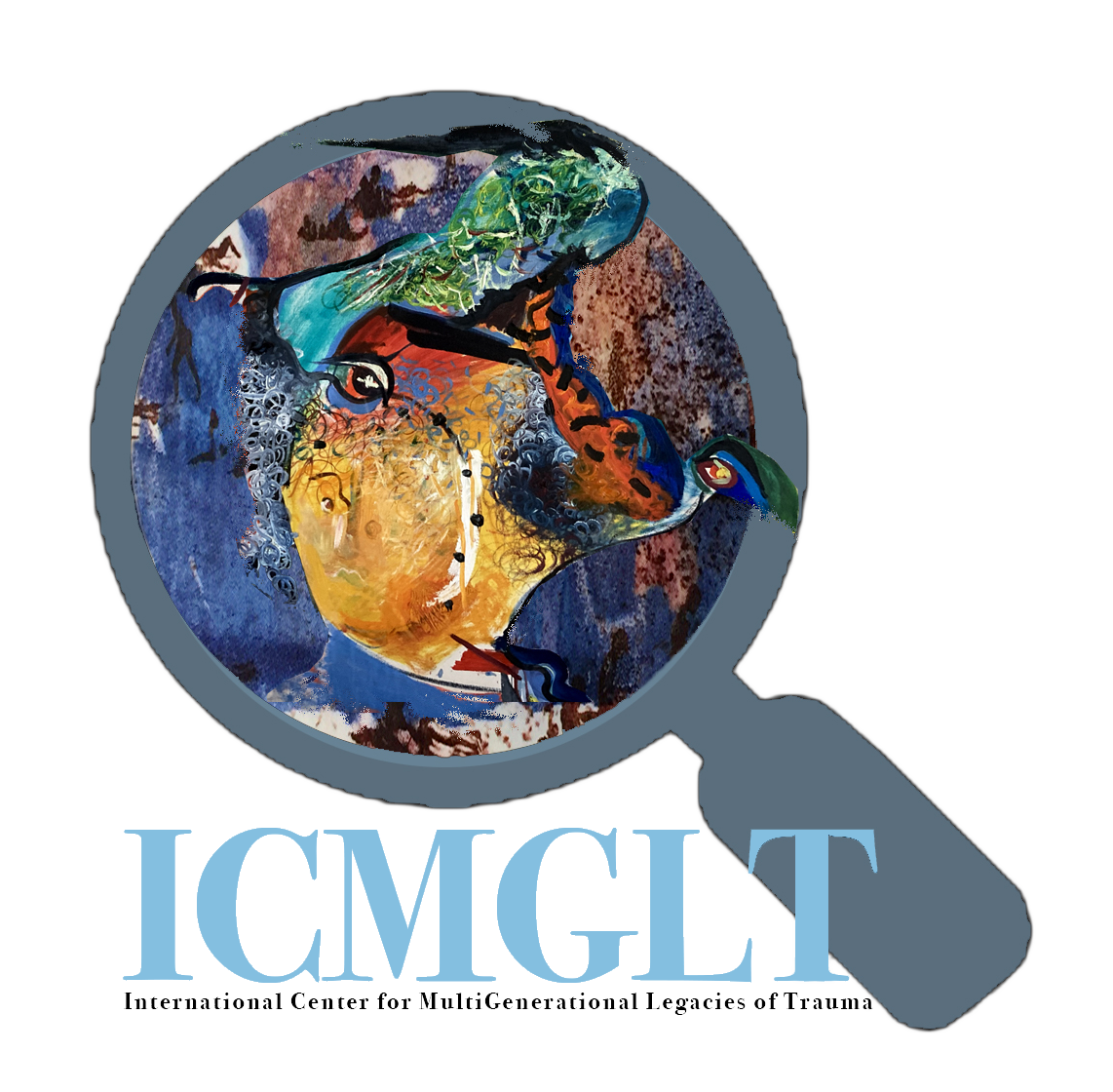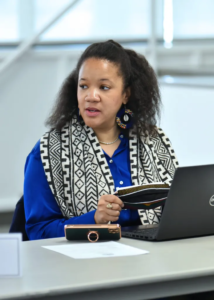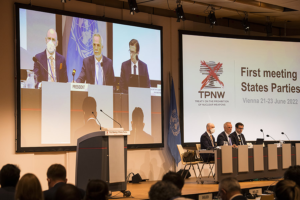Indigenous-centered tourism embraces a decolonialized experience. Here’s how it’s done.
As a young Cree child, I remember hearing all sorts of atrocities spewed against my people: “Natives are dirty,” “You’re all alcoholics,” or “All you do is collect checks from the government.” It was hard not to internalize the colonial rhetoric placed on me — especially when it so starkly contrasts the pride that I was taught to foster around my identity.
And the insults were specific. They indicated inferiority. They were better, and I was lesser than. There was a time when I wanted to hide who I was because I was scared of what people would say to me — even though when I went home I was proudly smudging and listening to powwow music.
During my freshman year of college, we discussed Joseph Conrad’s ”Heart ofDarkness” and how literature was (and still is) often a means of perpetuating Eurocentric, hegemonic rhetoric. When I confronted all the ways that a white man visiting the Congo had asserted his own viewpoint on a culture so vastly different from his own and deemed it inferior and savage, it rang painfully familiar. This narrative — that land should be scrutinized, abused and stolen because it belongs to people of color — has always been so pervasive.
It’s part of how colonialism is perpetuated. Today, so much of my work are attempts at decolonization — what happens when you attempt to loosen the white supremacist grip on a community. Many Nations across Turtle Island have been contemplating how to do this, and one area that is gaining more traction is Indigenous-centered tourism: embracing a decolonial way of experiencing new places sustainably.
In the U.S. and Canada (and many other countries globally), colonization involved European settlers not only violently seizing lands and resources, but also many forms of “ethnic cleansing” in an attempt to eradicate the native population. This erased whole communities, languages and cultures. All because these Europeans viewed the Indigenous peoples and ways of life as inferior to their own.
I experienced this firsthand — for years my people had been practicing our culture in secret as it was outlawed for decades for us to engage in potlatches,perform ceremonies, or speak our languages.
And so, we continue to galvanize for justice and change. In 2007, the Truth and Reconciliation Commission was launched and supported by Canada’s government; it aims to take accountability and mitigate the harm enacted upon Indigenous peoples from these laws and the Residential School System and Sixties Scoops.
Undoing colonial infrastructure within our Tribes and communities means, among other things, putting energy and resources toward Indigenous resurgence. And it’s working: Indigenous communities are beginning to thrivewhen it comes to language revitalization, obtaining self-governance, and repairing oral generational teaching traditions that were severed when Indigenous peoples were ripped away from their families and communities.
The refusal to be silenced is a testament to the strength in culture and community. But what does it look like to have Indigenous communities who are inherently decolonial, and exist on a continent that is now colonial in its construct and infrastructure?
The reality is that we live in a predominantly capitalistic society — and that isn’t changing anytime soon. Each community needs capital in order to provide for its members. Disrupting the system looks different for each tribe because of the resources available within our land. But when it comes to reclaiming the narrative of the land, offering non-Natives a chance to learn our history is crucial.
The Hualapai Tribe, for example, operates and owns a section of the Grand Canyon National Park called Grand Canyon West. It exists independently so tourists can experience the Grand Canyon in a way that is uniquely infused with Indigenous knowledge and histories of the area. Among these experiences is aColorado where you can traverse the rapids with Indigenous water experts, learning about historical landmarks of Hualapai history along the way.
These types of excursions are the intersection of where decolonial histories andpeoples meet with the colonial world in order to protect, preserve and provide for their Tribe. It also provides a space for more ethical tourism. There is no better way to experience a place than through the original inhabitants of that land, and then by supporting their offerings, you support the local communities, which they are then able to reinvest in language revitalization programs, youth programming and their sovereign governments, thus contributing to continueddecolonization.
Another example of this intersection can be found in Indigenous art exhibits. The Catawba Nation in South Carolina has had long traditional practices of creating art from the clay that they dig from the same mud hole they have been tending to for generations. At the Catawba Cultural Center, you can shop for these traditional art pieces — investing in their art not only supports artists but alsoallows for the cultural center to offer cultural classes for youth or any community members to learn these traditional art techniques. Maintaining these significant cultural traditions is essential when thinking about preserving decolonial practices within different tribes.
Source: https://www.huffpost.com/entry/indigenous-centered-tourism-decolonization_n_67534250e4b0b9c809f81cf5




